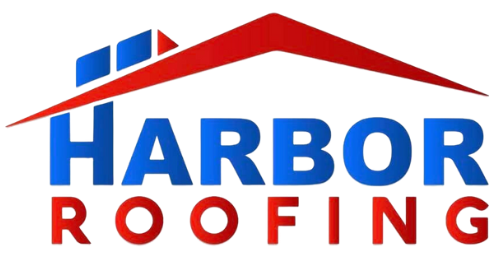Claims Process
The process of getting your roof repaired or replaced through your insurance may vary depending on your insurance provider and policy terms. However, here is a general outline of what you can expect:
- Assess the damage: Start by inspecting your roof to determine the extent of the damage. Look for missing shingles, leaks, or any other visible signs of damage. Take photographs or videos to document the condition of your roof.
- Review your insurance policy: Read through your insurance policy to understand what types of roof damage are covered and what the deductible and coverage limits are. Typically, damage caused by sudden events like storms or hail is covered, while general wear and tear may not be.
- Contact your insurance company: Notify your insurance company about the roof damage as soon as possible. Provide them with the necessary information, such as policy details, date of damage, and a description of the incident. They will guide you on the next steps and may assign an adjuster to assess the damage.
- Schedule an inspection: The insurance company may send an adjuster to evaluate the roof damage. The adjuster will assess the extent of the damage and determine if it is covered under your policy. It’s a good idea to be present during the inspection and point out all the visible damage.
- Obtain repair estimates: After the inspection, you may need to obtain repair estimates from licensed roofing contractors. Contact reputable contractors in your area and request detailed estimates for the repairs or replacement. Ensure the estimates include the scope of work, materials, and costs.
- Submit the claim: Once you have the repair estimates, submit them to your insurance company along with any other required documentation. This may include the adjuster’s report, photographs, and any other supporting evidence.
- Review the claim settlement: The insurance company will review your claim and determine the coverage amount based on your policy. They will consider factors such as the age of your roof, depreciation, and the deductible. You will receive a claim settlement letter detailing the approved amount.
- Complete the repairs: Coordinate with the contractor to schedule the repairs or replacement. Ensure they follow any specific requirements or guidelines set by your insurance company. Keep track of all invoices, receipts, and documents related to the work performed.
- Payment and reimbursement: Depending on your insurance policy, you may need to pay the contractor directly and then seek reimbursement from your insurance company. Keep in touch with your insurance provider to understand their payment process and provide them with the necessary documentation for reimbursement.
It’s important to note that this is a general overview, and the specific steps and requirements may vary based on your insurance policy and provider. It’s always recommended to carefully review your policy and consult with your insurance company to understand the exact process and requirements for filing a roof repair or replacement claim.
